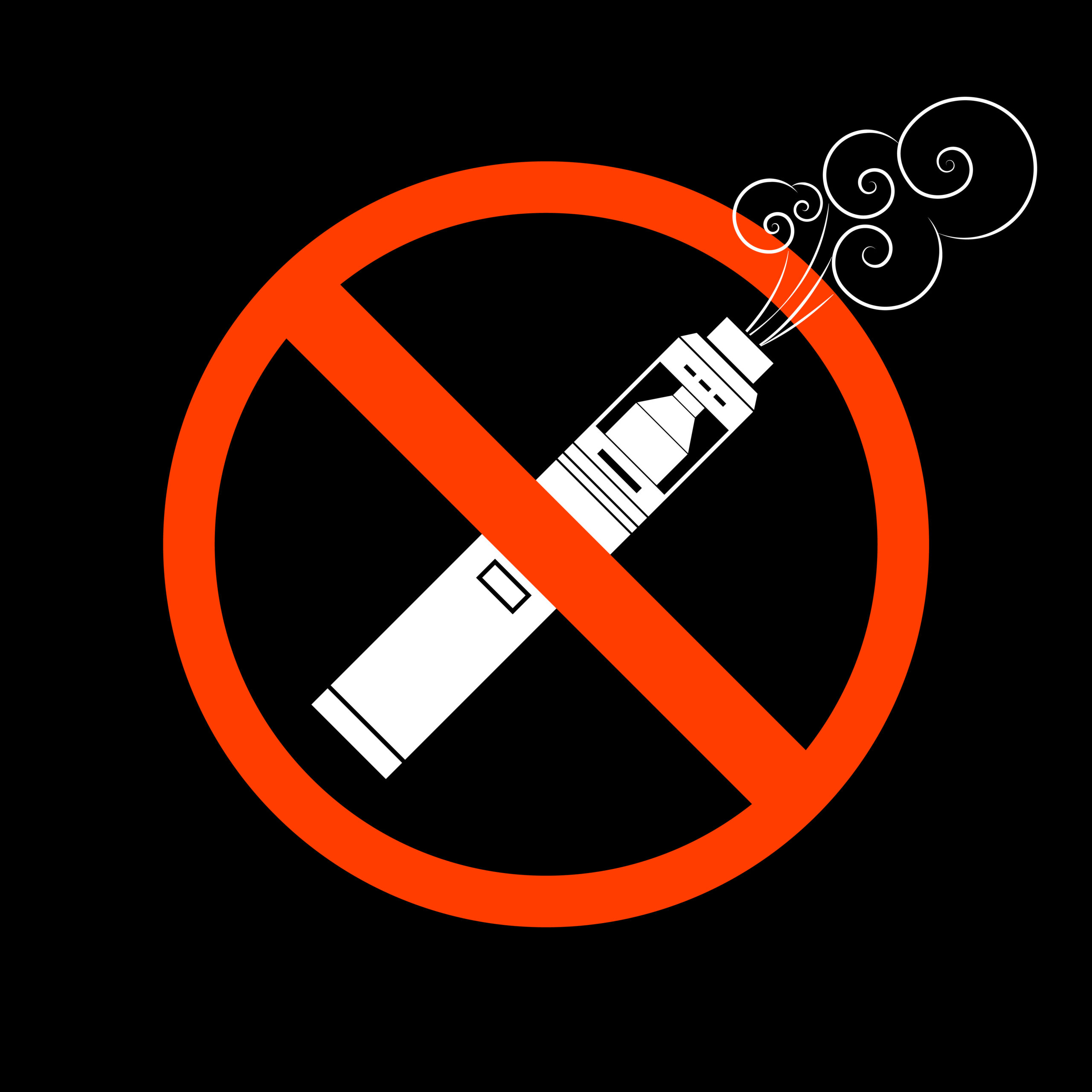Amicus Brief Backing Inventor’s Eligibility Petition to SCOTUS Says 101 Exceptions Constitute ‘Judicial Legislation’
“[The brief] suggested that the judicially created exceptions rise to the level of ‘judicial legislation’ and therefore operate outside of Article I and Article III of the Constitution.”
On August 5, US Inventor and Eagle Forum Education & Legal Defense Fund (Eagle Forum ELDF) jointly filed an Amicus Brief supporting inventor David Tropp’s petition for a writ of certiorari to the U.S. Supreme Court (SCOTUS) regarding whether Tropp’s method claims are patent-eligible under 35 U.S.C. 101.
Tropp owns two patents relating to luggage lock technology that enables airport screening of luggage while still allowing the bags to remain locked. In July, just days after the Court denied cert in American Axle, Tropp asked the High Court to answer the question: “Whether the claims at issue in Tropp’s patents reciting physical rather than computer-processing steps are patent-eligible under 35 U.S.C. § 101, as interpreted in Alice Corporation Pty v. CLS Bank International, 573 U.S. 208 (2014).”
A Textualist Interpretation
The US Inventor/ Eagle Forum ELDF brief argued that the petition should be granted so that SCOTUS can adopt a textualist interpretation of the statute and end the exceptions created by the judiciary. The supporters argued that a textualist approach would not allow for the implied exceptions to patent eligibility. They explained that the language of the statute is expressly broad and covers “process” as well as “machine, manufacture, or composition of matter.” Furthermore, nothing in the statute excludes an invention simply because it is “abstract,” which they argued is chameleon-like in its justification for invalidating many useful inventions. The brief noted that the Court’s judicially created exception began as a harmless limited suggestion and has since “turned into a raging fire in lower courts that is destroying much that was good about our patent system.”
US Inventor and Eagle Forum ELDF argued patent eligibility should be an undemanding threshold test that is easily met except in extraordinary situations. They argued that if an invention satisfies the more demanding tests of novelty and obviousness, then it would be contrary to the statute to find that the invention is patent ineligible. They likened the current patent eligibility statute to putting the cart before the horse, creating a dysfunctional result. The brief said that textualism is used across many fields of law and is essential to patent law because the “[c]ourts are not suited for crafting exceptions to patent eligibility” since they operate without the benefit of congressional hearings, public comment, and feedback directly from inventors. Restoring broad patent eligibility as enacted by Congress is long overdue, as abstractness is not mentioned in the statute, said the brief.
Judicially Created Limitations
The brief next argued the judicially created exceptions impose limitations and situations onto 35 U.S.C. 101 never sought by Congress. The brief first noted that there have been at least four SCOTUS decisions that have read limitations and conditions into section 101 concerning subject matter eligibility that were not expressed by Congress. Citing to the four cases, the brief noted that these cases confirm that the exceptions were judicially created and not enacted by Congress, meaning that the Court’s decisions have increasingly assumed the legislative function.
The brief argued that the destabilization of patent subject matter jurisprudence has affected even the United States Patent and Trademark Office, causing them to need to take more than 50 pages to discuss the judicially created exceptions to subject matter eligibility. “Judicial Exception” can be found 292 times in section 2106 of the Manual for Patent Examination Procedure, which would be non-existent under a textualist approach. To further back this point, the brief cited to various statements by Paul Michel, the former Chief Judge of the U.S. Court of Appeals for the Federal Circuit, who has criticized the line of cases that have created these exceptions.
US Inventor and Eagle Forum ELDF next pondered what Thomas Edison would think of the current judicially created barrier of patent eligibility. They reasoned that Edison would likely have been baffled by the judicial exceptions and thus chosen to pursue different interests, thus depriving the world of his inventions. The brief noted that, from 2012 to 2016, the United States was ranked first in the world for its patent system, but in 2017 it fell to 10th and then to 12th in 2018, after the judicially created exceptions.
The brief concluded this argument by noting that the loss in the vitality of the U.S. patent system has corresponded with an economic decline in the United States. Starting the year after Alice was decided, real wages have grown by less than 1% per year. The national debt and government spending have nearly doubled during the same span. Without the incentive of new inventions to lift the U.S. economy, the brief predicted a downward spiral in real wages adjusted for debt looms. These statistics are in contrast to the period when Edison was encouraged to invent by the then-strong patent system.
Contrary to the Constitution
The brief’s final argument said that the judicial narrowing of patent eligibility is contrary to the Constitution and thus warrants granting of the petition. The authors noted that the drafters of the Constitution considered and ultimately rejected three times a proposal that would have allowed the judiciary to participate in the legislative process. The first clause of the Constitution must be read in conjunction with the Patent Clause, which when read together prohibit courts from escaping with any legislative power. If judicial legislation were permitted, it would derail the procedural and substantive constraints of the Constitution that are designed to limit the legislative power of the federal government and its branches.
US Inventor and Eagle Forum ELDF suggested that the judicially created exceptions rise to the level of “judicial legislation” and therefore operate outside of Article I and Article III of the Constitution. They argued that since Congress defined the scope of patentable subject matter eligibility in section 101, its explicit terms should have ended the judicial inquiry and the courts should have looked no further.
The brief said, that at its most fundamental level, the present case is about the allocation of powers between the branches of the government. No court should be able to create or apply judicial exceptions to patent subject matter eligibility because it should be prohibited from exercising such power in defiance of the Bicameral and Presentment Clauses. The authors concluded:
“Those two clauses spell out the processes by which the two houses of Congress bring their diffused power to bear on federal lawmaking. In essence, the Court is ‘not at liberty to rewrite the statute passed by Congress and signed by the President.’ The Court should interpret Section 101 as written, and ‘not engraft [its] own exceptions onto the statutory text.’”
Image Source: Deposit Photos
Image ID: 10563036
Author Feverpitch
Matthew Schutte
is a 2L at the University of New Hampshire Franklin Pierce School of Law. Before attending law school, Matthew attended Purdue University where he earned a Bachelor of Science in […see more]







